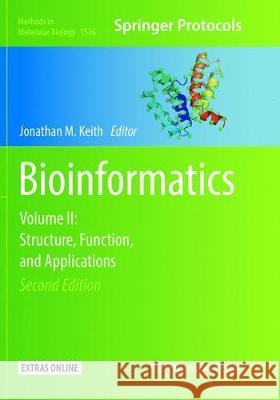Bioinformatics: Volume II: Structure, Function, and Applications » książka
topmenu
Bioinformatics: Volume II: Structure, Function, and Applications
ISBN-13: 9781493982509 / Angielski / Miękka / 2018 / 426 str.
Kategorie:
Kategorie BISAC:
Wydawca:
Humana Press
Seria wydawnicza:
Język:
Angielski
ISBN-13:
9781493982509
Rok wydania:
2018
Wydanie:
Softcover Repri
Ilość stron:
426
Waga:
0.75 kg
Wymiary:
25.4 x 17.78 x 2.26
Oprawa:
Miękka
Wolumenów:
01
Dodatkowe informacje:
Wydanie ilustrowane











